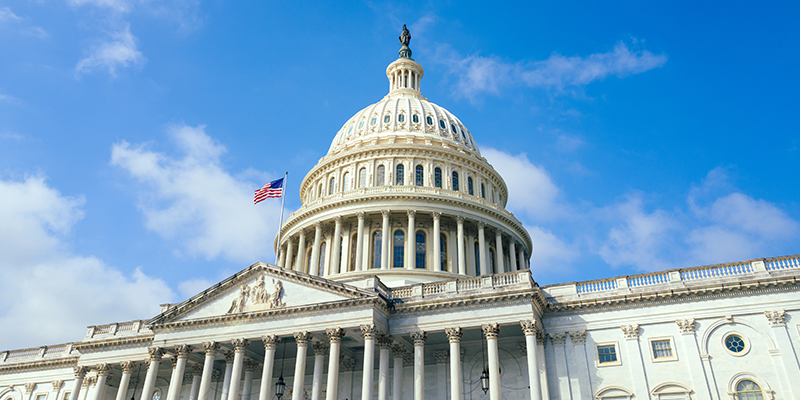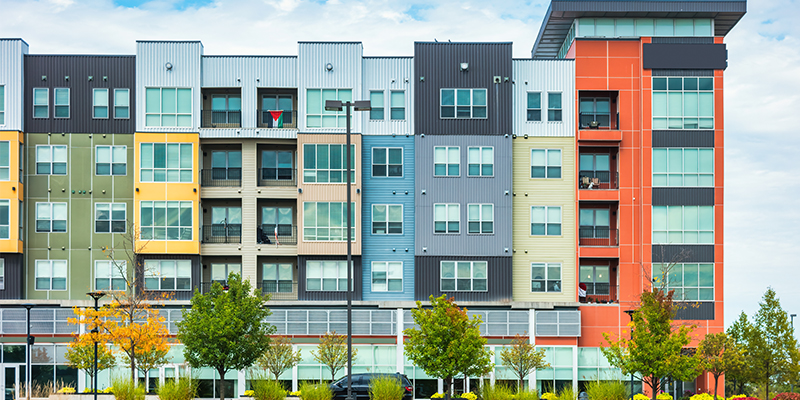By Kathryn Hamilton, CAE
The U.S. office market is beginning to recover despite the broader economy presenting uncertain and mixed signals. Here’s a quick breakdown of the key takeaways from the latest Office Space Demand Forecast (download the full report) released by the NAIOP Research Foundation.
The U.S. office market is showing cautious signs of recovery. Q1 2025 marked the fourth straight quarter of positive net absorption, with 5.6 million square feet absorbed following 7.3 million in Q4 2024. The national vacancy rate held steady at 11.8%, while remote and hybrid work trends appear to have stabilized. More employers are requiring in-office attendance, gradually boosting office utilization.
Economic uncertainty still clouds the outlook. The forecast is based on a conservative outlook for the economy, and assumes a 70% chance of a mild recession, driven by concerns over federal debt and shifting trade policy. GDP dipped 0.3% in Q1 due to tariff-driven import surges, not weak demand. Inflation is near the Federal Reserve’s 2% target, but elevated interest rates and new tariffs could keep pressure on the economy.
Office absorption is expected to remain modest but positive, at 24.9 million square feet in 2025 and 15.1 million in 2026. Still, projected peaks are well below pre-pandemic norms. The market remains weighed down by older leases and slower job growth, with only 6.7 million new jobs forecast from 2023 to 2033, compared to nearly 20 million from 2009 to 2019.
Despite these headwinds, the office sector appears to be stabilizing. A steady recovery in absorption and stabilization in remote work suggest the worst may be behind us, even if growth remains tempered.
The Office Space Demand Forecast is written by Hany Guirguis, Ph.D., Dean, O’Malley School of Business and Professor, Economics and Finance, Manhattan University, and Joshua Harris, Ph.D., CRE, CAIA, Executive Director, Fordham Real Estate Institute, Fordham University.








